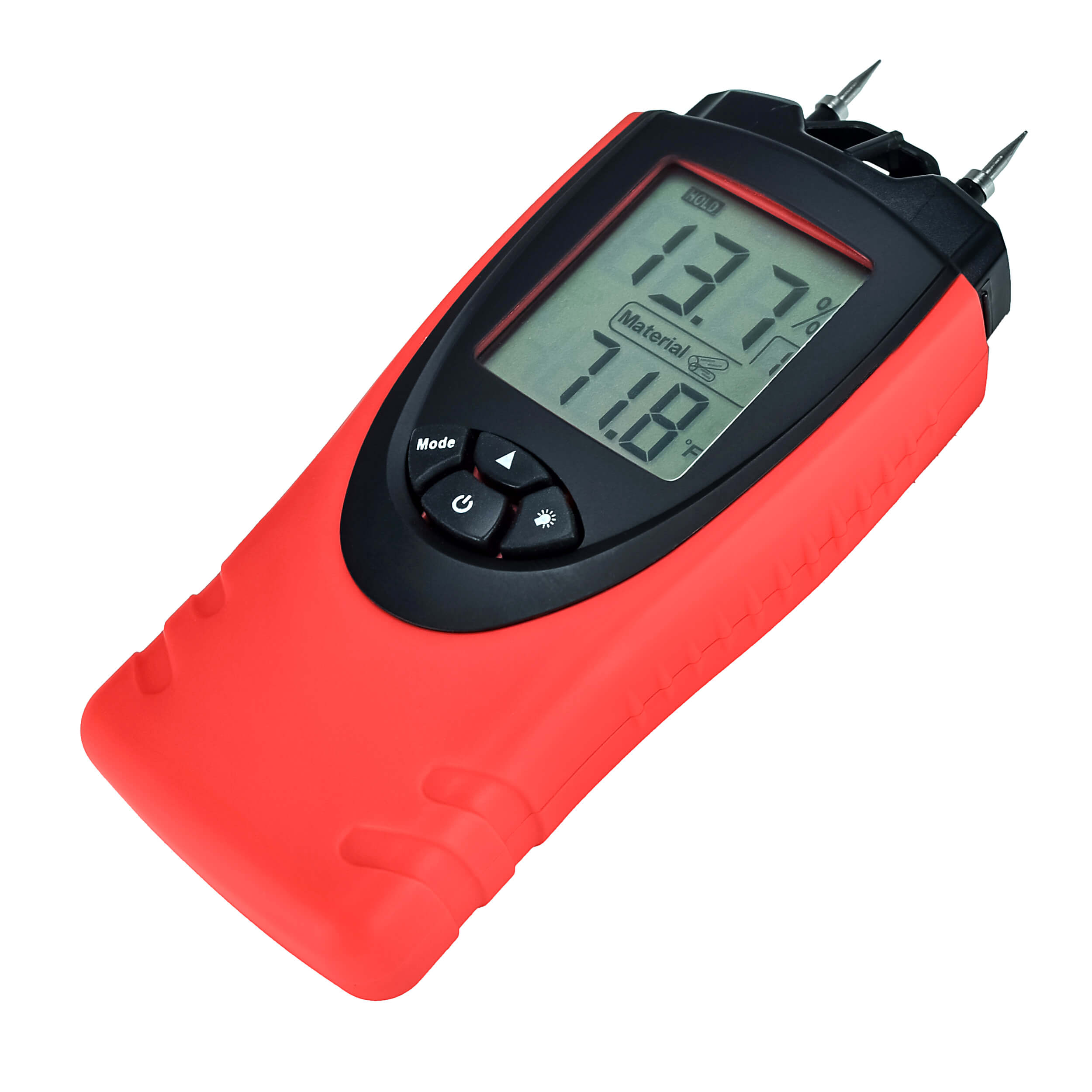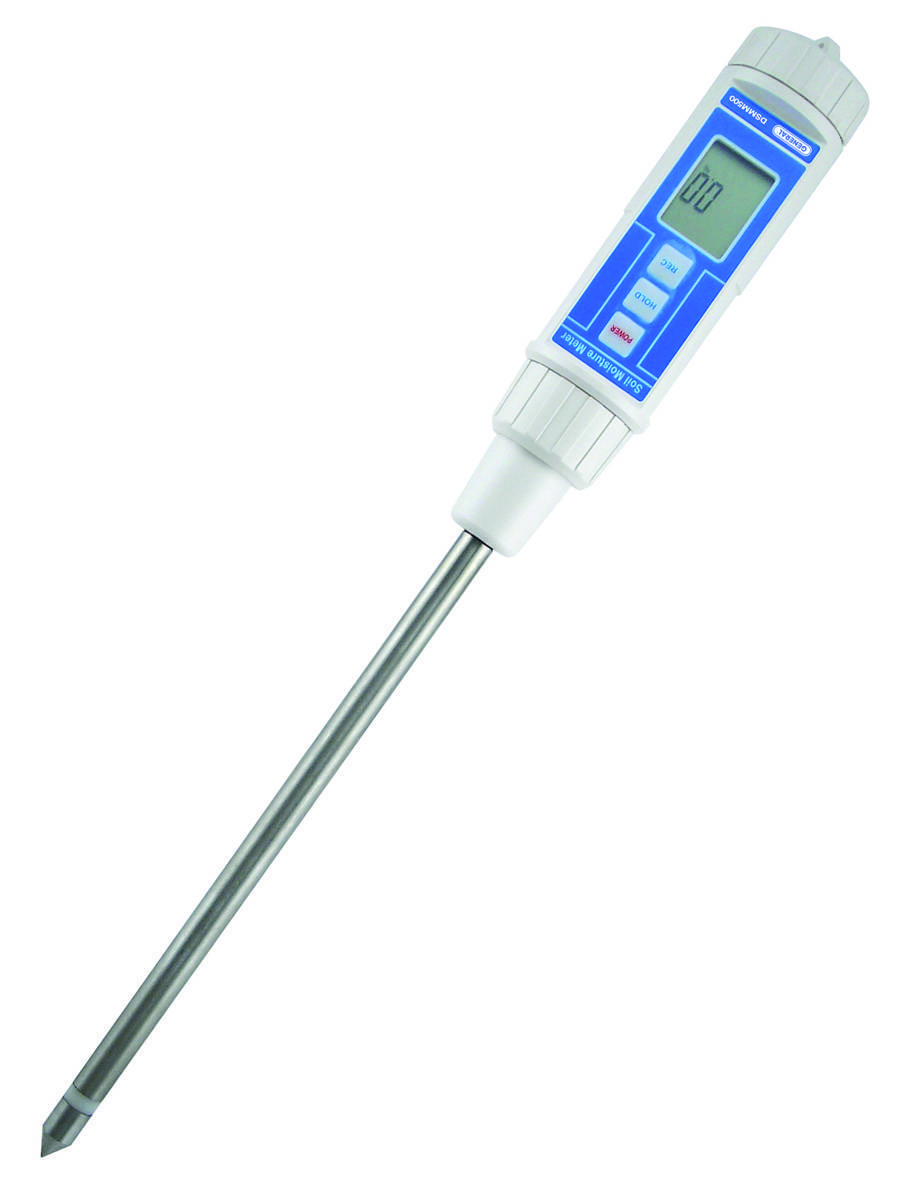Exactly how to Utilize a Moisture Meter to Find Surprise Water Damages in Your Building
Exactly how to Utilize a Moisture Meter to Find Surprise Water Damages in Your Building
Blog Article
Delve Into the World of Dampness Meters: Everything You Need to Know
In the world of moisture meters lies a world of accuracy and usefulness that typically goes undetected. These gadgets, while relatively uncomplicated, hold a wealth of info that can considerably influence various industries and applications. Comprehending how moisture meters run, the different kinds available, and their diverse usages can drop light on their relevance in making sure top quality and effectiveness. By exploring the intricacies of wetness meters, one can discover a valuable device that transcends plain measurement, using understandings that can make a substantial difference in various areas.
How Wetness Meters Work
Dampness meters operate by gauging the electrical conductivity or capacitance of products to figure out the wetness web content existing - Moisture Meter. These meters are very useful tools across different industries, consisting of farming, building, and woodworking. By utilizing various techniques such as pinless or pin-type technology, moisture meters offer precise readings that assist specialists make educated choices
Pin-type wetness meters work by placing the sharp pins into the material being examined. On the other hand, pinless moisture meters make use of electro-magnetic signals to scan a bigger area without causing any type of damages to the product's surface.
Regardless of the method utilized, dampness meters play a critical function in protecting against issues such as mold and mildew development, architectural damages, or item flaws brought on by excess wetness. Understanding just how these meters job is necessary for ensuring the quality and integrity of products in various applications.
Kinds Of Moisture Meters
Offered the crucial role wetness meters play in different markets, it is necessary to recognize the various types readily available to specialists for properly analyzing dampness degrees. There are mostly 2 major kinds of dampness meters: pinless and pin-type moisture meters.
Pin-type moisture meters make use of two pins that are inserted into the material being tested to gauge the electrical resistance in between them. This method is typically made use of for wood, drywall, and various other structure products. Pin-type meters supply specific readings at details depths, making them optimal for determining moisture slopes.
On the other hand, pinless dampness meters utilize electro-magnetic sensor plates to check a bigger area of the product without creating any damages. This kind appropriates for swiftly scanning huge areas and is frequently used for flooring, walls, and ceilings. Pinless meters are hassle-free for taking readings on finished surface areas without leaving any type of visible marks.
Both types of wetness meters have their benefits and are picked based on the certain needs of the job at hand. Comprehending the distinctions between these types is critical for professionals to make accurate wetness evaluations.
Applications Throughout Industries
Construction experts count on moisture meters to examine the moisture levels in structure products like drywall, concrete, and timber, which is crucial for preserving visit architectural integrity and stopping concerns like rot or mold. The flooring sector makes use of wetness meters to determine the dampness content in subfloors before setting up numerous floor treatments, avoiding pricey damages due to excess wetness. In the food sector, dampness meters are utilized to check and control moisture levels in products such as grains, nuts, and dried out fruits to keep quality and top quality.
Tips for Using Wetness Meters
When gauging the moisture content in various materials,Utilize the moisture meter's calibration settings to guarantee precise analyses. Calibration is essential for the appropriate functioning of a wetness meter. Prior to each use, it is advisable to examine and readjust the calibration setups according to the details product being examined. In addition, ensure the meter is established to the right wetness variety for the material you are measuring to obtain one of the most specific outcomes.

When making Get More Information use of a pin-type dampness meter, put the pins to the ideal deepness advised for the product being checked. This makes sure that the wetness readings are taken from the correct deepness within the product, supplying a much more precise representation of its dampness web content. For pinless wetness meters, keep in mind to preserve proper contact with the product's surface area to get reputable readings.

Routinely examine and change the batteries in your wetness meter to stop inaccurate analyses because of low power. Shop the meter in a risk-free and dry place when not in usage to prolong its lifespan and preserve its accuracy. By complying with these tips, you can make best use of the performance of your dampness meter and obtain exact dampness material dimensions across different products.

Maintenance and Calibration
To make certain the accuracy of dampness material dimensions, routine maintenance and calibration of the wetness meter are vital actions in its appropriate performance. Maintenance entails keeping the dampness meter clean and complimentary from debris that can impact its readings. It is crucial to comply with the producer's standards for cleaning up to protect against damage to the gadget. In addition, regular calibration is essential to validate the accuracy of the readings. Calibration readjusts the dampness meter to guarantee that it gives consistent and trusted outcomes.
Calibration must be executed occasionally, especially if the moisture meter is used often or in important applications where specific dimensions are called for. Many moisture meters come with calibration tools or can be calibrated by professional services - Moisture Meter. It is recommended to keep a log of calibration dates and results to track the performance of the moisture meter over time. By maintaining and calibrating the moisture meter regularly, users can rely on the precision of the dampness content dimensions gotten.
Final Thought
Finally, wetness meters play a vital function in various markets by accurately measuring the moisture content of materials. Understanding how these devices function, the different types readily available, and correct maintenance and calibration are important for obtaining reliable outcomes. Whether in agriculture, construction, or production, using dampness meters helps make certain top quality control and efficiency in procedures.
Construction specialists depend on dampness meters to check out here evaluate the dampness levels in structure materials like drywall, timber, and concrete, which is critical for preserving architectural stability and protecting against issues like rot or mold and mildew. The flooring market uses dampness meters to determine the dampness content in subfloors before setting up various floor coverings, avoiding costly damages due to excess wetness.Make use of the dampness meter's calibration setups to make sure accurate readings when determining the moisture material in different products. By adhering to these pointers, you can optimize the efficiency of your dampness meter and get precise moisture content measurements across different materials.
In conclusion, moisture meters play an important function in different markets by precisely determining the wetness material of materials.
Report this page